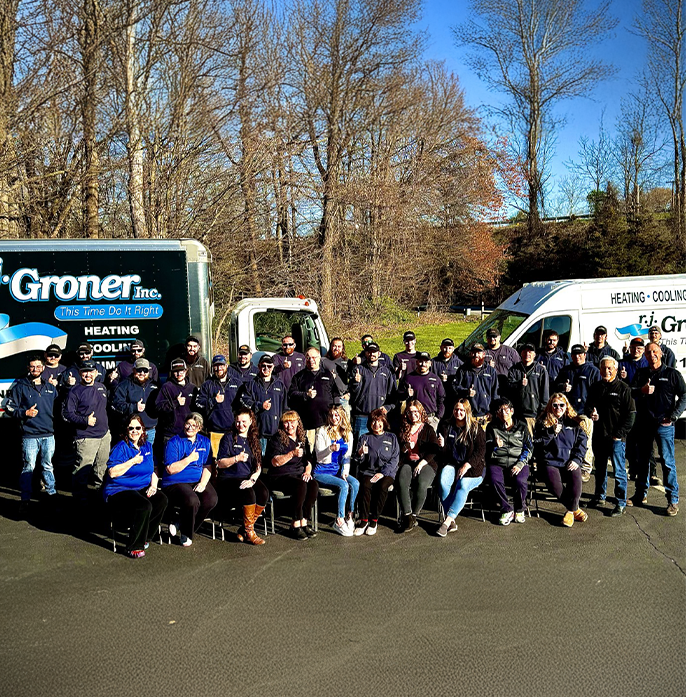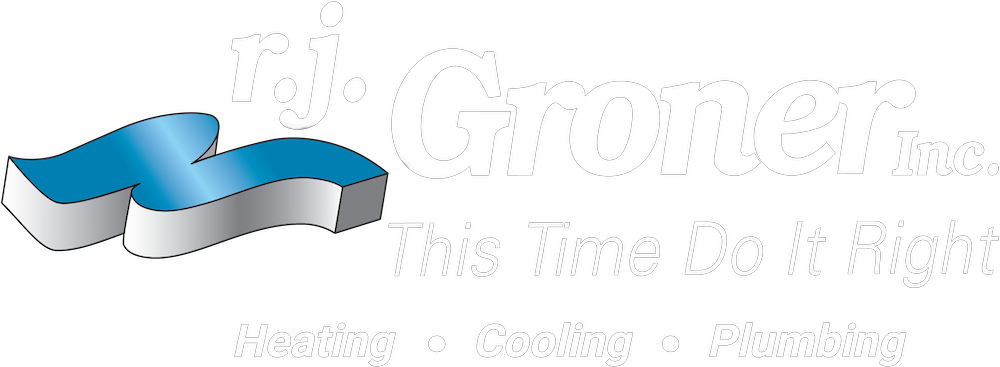You’re the car owner who checks the oil once a month and changes it every 3000 miles. You write reminders on your whiteboard for everything from when to change the water filter on your fridge to when to replace the batteries in your smoke detectors.
But do you ignore your home heating and A/C system?
It may stay tucked away in the basement or in a closet but that doesn’t mean you can ignore it. Like your smoke detectors, your water filter, and your car, it needs routine care.
Homeowners often avoid their HVAC system because they don’t understand how it works. But it doesn’t need to be a mystery. You can do things that keep it in tip-top shape.
While you shouldn’t attempt every maintenance task, there are several you can do on your own.
Read our guide to heating and cooling units and maintenance tips you can do yourself.
Change Dirty Filters
The filter plays a key role in the maintenance of your central heating and cooling system.
You might think the filter cleans the air in your home. Wrong. The filter keeps dust, hair, and pet dander away from the blower fan.
Other than the manufacturer’s recommendations how do you know when to change the filter?
To start, you can see dirt build-up. You may notice more dust than usual in your home. You might also notice the system cycles longer than normal.
If it’s been more than 3 months since you changed the filter, it’s time!
Ignoring a filthy filter can damage your system and lower air quality inside your home. Check the filter once a month. Change filters as follows:
- Pleated filter – every 90 days
- Disposable fiberglass – every 1-2 months
- Reusable filter – every 5 years
Clean permanent reusable filters every 90 days. Not replacing or cleaning a dirty filter may result in higher energy costs and damaged equipment.
Test Your Thermostat
Think of the thermostat as the brain of your heating and cooling system.
The thermostat tells the system when to turn on and off. It also controls the temperature inside your home.
Problem thermostats can cause several problems but the most serious is short-cycling.
Short-cycling means your system shuts on and off rapidly. It runs just a few minutes during each cycle. Short-cycling causes your unit to work too hard, which results in frequent, or premature repairs.
You can test your thermostat by going through this process:
- Make sure it’s ON and set to AC or Cool.
- Switch thermostat to Heat
- Raise the thermostat setting slowly and wait for a click.
When you switch the thermostat to the heat setting, the heating unit should respond immediately. The heating unit should also make a sound. If you don’t hear the click and a responding noise from the unit, you may have a faulty thermostat.
This is the point where you call a service technician.
If you have a programmable thermostat, try changing the batteries before calling for service. Sometimes dead batteries are the cause of thermostat issues.
Inspect Your Ductwork
If you could look behind the walls in your house, you’d find a hidden network of ducts. They’re connected to every room.
Your ductwork system distributes air flow from your heating and cooling units to your entire home.
Air travels through the ductwork to the air conditioner /heater where it’s cooled or heated. Then it’s pushed back through the ducts into the rooms in your home.
A common issue with ductwork: leaks. Duct connections expand and contract and over the years the seals wear out. Without proper sealing, the joints open resulting in air leaks.
If ductwork loosens around the vents, leaks can occur there too. Another common problem area for leaky ductwork is the attic.
Leaky ductwork can cause a loss of up to 30% of the energy used by your heating and cooling system.
Signs of leaks include:
- Higher-than-average energy bills
- Uneven cooling/heating
- Excessive dust
Even if you don’t notice any of the above, you should still inspect ductwork for signs of leaks. Look for loose duct connections and holes in ducts. If you have flexible ductwork, look for kinks.
If you detect leaks, you can seal them yourself, or call a heating and cooling specialist.
Systems don’t work well when there’s a dysfunctional partnership. Consider ductwork and vents one of the most important partnerships in your heating and cooling system.
When one isn’t working properly, the other can’t function at its full potential.
You have both supply vents and return vents connected to your ductwork. Conditioned air pushes out through supply vents. Used air returns to the heating and cooling system units, you guessed it—return vents.
The goal of your system is maintaining a balance of air coming and going from the supply and return vents. Vents play a significant role in this because if there aren’t enough of them pressure inside the ductwork isn’t balanced. But, it isn’t only about the number of vents.
One of the easiest (and free) maintenance tasks you can do is making sure nothing blocks the supply and return vents. People often place furniture in front of or over their vents. It’s so simple to ensure nothing obstructs the airflow of your vents.
After removing any obstructions, turn the system on and make sure every supply vent has air coming out of it. You won’t feel air coming out of return vents. Don’t forget the vents in your basement and attic.
Finally, contrary to what people are often told, avoid closing the supply vents in rooms you don’t use. We know you’re energy conscious but closing off a vent increases the pressure inside the ductwork. Then you’re back to an imbalance and a system that won’t run efficiently.
Ready To Schedule Maintenance For Your Heating And Cooling Units?
We’ve shown you a few tips for keeping your home heating and A/C system in shape year-round.
With a few tools and a few hours of your time, you can change a filter, test the thermostat, and inspect ductwork and vents. These simple maintenance tips not only keep your heating and cooling units running smoothly, but they can also save you from paying for costly repairs.
You have one more line of defense. There are maintenance tasks you can do and those you should leave to a professional. A professional system check ensures your system is running at capacity and can detect issues before they turn into huge (and expensive) problems.
Contact us today and schedule a performance tune-up.





